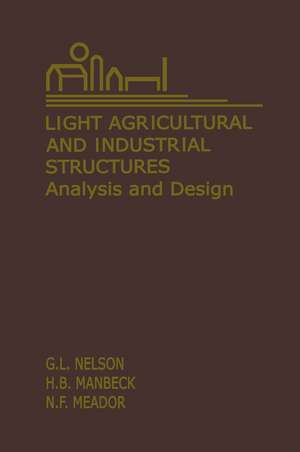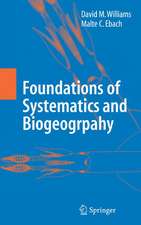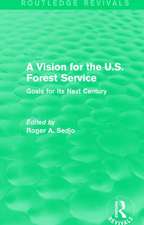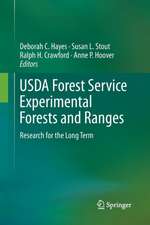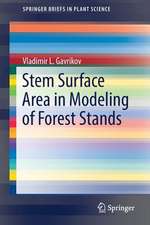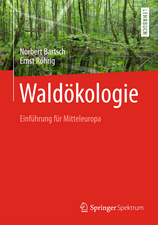Light Agricultural and Industrial Structures: Analysis and Design
Editat de G. Nelson, H.B. Manbeck, N.F. Meadoren Limba Engleză Paperback – 22 mai 2012
Preț: 956.18 lei
Preț vechi: 1166.08 lei
-18% Nou
Puncte Express: 1434
Preț estimativ în valută:
182.97€ • 195.65$ • 152.55£
182.97€ • 195.65$ • 152.55£
Carte tipărită la comandă
Livrare economică 18 aprilie-02 mai
Preluare comenzi: 021 569.72.76
Specificații
ISBN-13: 9781475704136
ISBN-10: 1475704135
Pagini: 572
Ilustrații: 350 p. 29 illus.
Dimensiuni: 152 x 229 x 30 mm
Greutate: 0.75 kg
Ediția:Softcover reprint of the original 1st ed. 1988
Editura: Springer Us
Colecția Springer
Locul publicării:New York, NY, United States
ISBN-10: 1475704135
Pagini: 572
Ilustrații: 350 p. 29 illus.
Dimensiuni: 152 x 229 x 30 mm
Greutate: 0.75 kg
Ediția:Softcover reprint of the original 1st ed. 1988
Editura: Springer Us
Colecția Springer
Locul publicării:New York, NY, United States
Public țintă
ResearchDescriere
This book is an outgrowth of a much earlier book, Farm Structures, by H. J. Barre and L. L. Sammet, published by John Wiley & Sons in 1950 as one of a series of textbooks in agricultural engineering spon sored by the Ferguson Foundation, Detroit, Michigan. Light Agricul tural and Industrial Structures: Analysis and Design will be useful as an undergraduate student textbook for junior-or senior-level compre hensive courses on structural analysis and design in steel, wood, and concrete, and as a reference work for practicing engineers. Emphasis is on basic analysis and design procedures. The book should be useful in any country where there is a need to design structures for agricul tural production and processing. It is assumed that readers have had prerequisite course work in engineering mechanics and strength of materials as typically taught to undergraduate engineering students. The scope of this book is wide; it might be difficult for instructors and students to cover all of the chapters in a typical three credit-hour course. The instructor will need to assess his own situation and scheduling constraints. More or less time could be spent on chapters one through five, depending on the capability the students already have in analysis of statically deter minate and indeterminate structures. Two to three weeks might then be allocated for study of each of the last six chapters dealing with design in steel, reinforced concrete, and wood.
Cuprins
1. Analysis and Design Concepts.- 2. Fundamental Concepts of Stress Analysis.- 3. Stress Analysis of Coplanar Statically Determinate Trusses.- 4. Bending Deformation.- 5. Analysis of Statically Indeterminate Coplanar Frames.- 6. Load Analysis.- 7. Fundamentals of Structural Connections.- 8. Structural Steel Design.- 9. Cold-Formed Steel Design.- 10. Light Timber Design.- 11. Reinforced Concrete Design.
